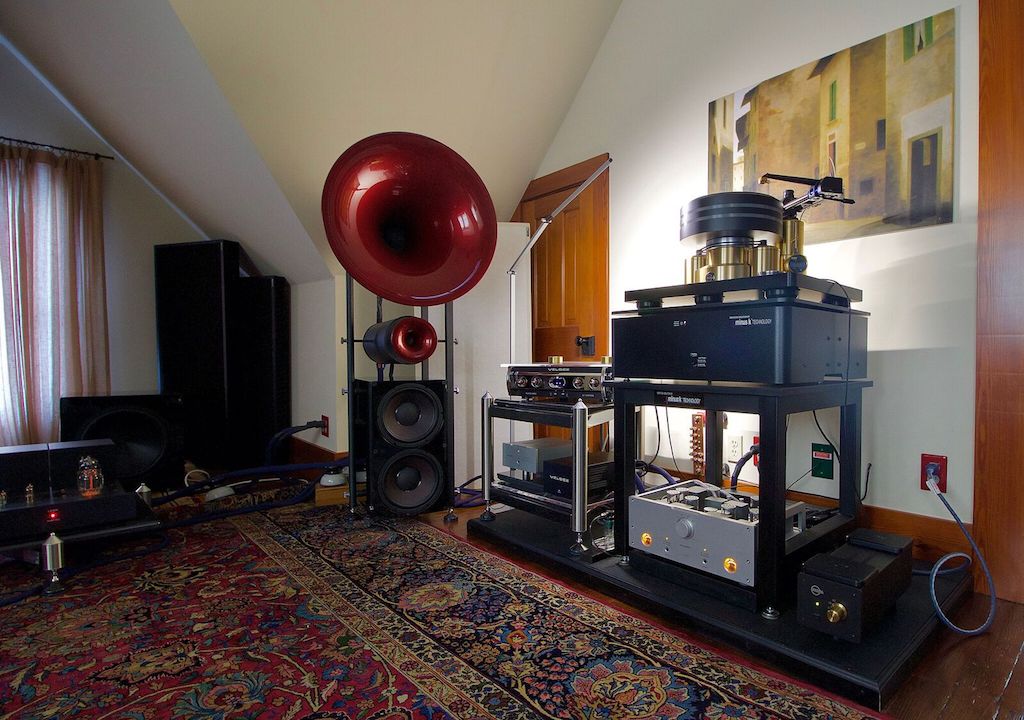Screed Flooring laid in Laboratories has additional measures put in place for certain Companies designs for how a Screed Floor is to be laid onto substrate materials. Certain Pharmaceutical and Research Companies, especially those turning over 40 Billion+ annually are taking vibration being noticeable in the Lab' seriously and are putting quite a lot of engineering research into pre-screed laying measures being in place that are serving to isolate the screed from the energies transferred through a buildings super structure. This is created by using substrate materials that are highly effective at stopping energy transferral to the Screed.
I learnt of this as a result of having a good communication/friendship develop with a Quality Manager responsible for producing Laboratory Flooring on a project I have been involved in, when I was informed the Screed Floor was designed to be de-coupled from the structure as a means to minimise energy transferral and reduce vibration within a Lab', as well as Floor Finishing materials also being selected with this same goal in mind as well I was all ears.
I have this specialised Substrate Material at home and in use as part of a Structure on my system, it is assembled as a 500mm Deep Lamination. This has a Hard Foam Layer upon it and is topped with a 200Kg Granite Engineers Flat Plate mounted on it.
Again not many are experiencing their Audio Equipment on this type of structure, and this has proved to be a killer to build, definitely a young mans sport, but also serves a role as a superb support for my Amplification and with another Tier Structure placed on it, works superb as a mounting location for an Idler Drive TT.
I am sure I can go out and spend £1K+ on a version of a Support Structure for my Amp's, but I have no asurity the items utilised are able to come near the method I have evolved to having adopted, that has proved to be substantially less than the commercial route offerings.




